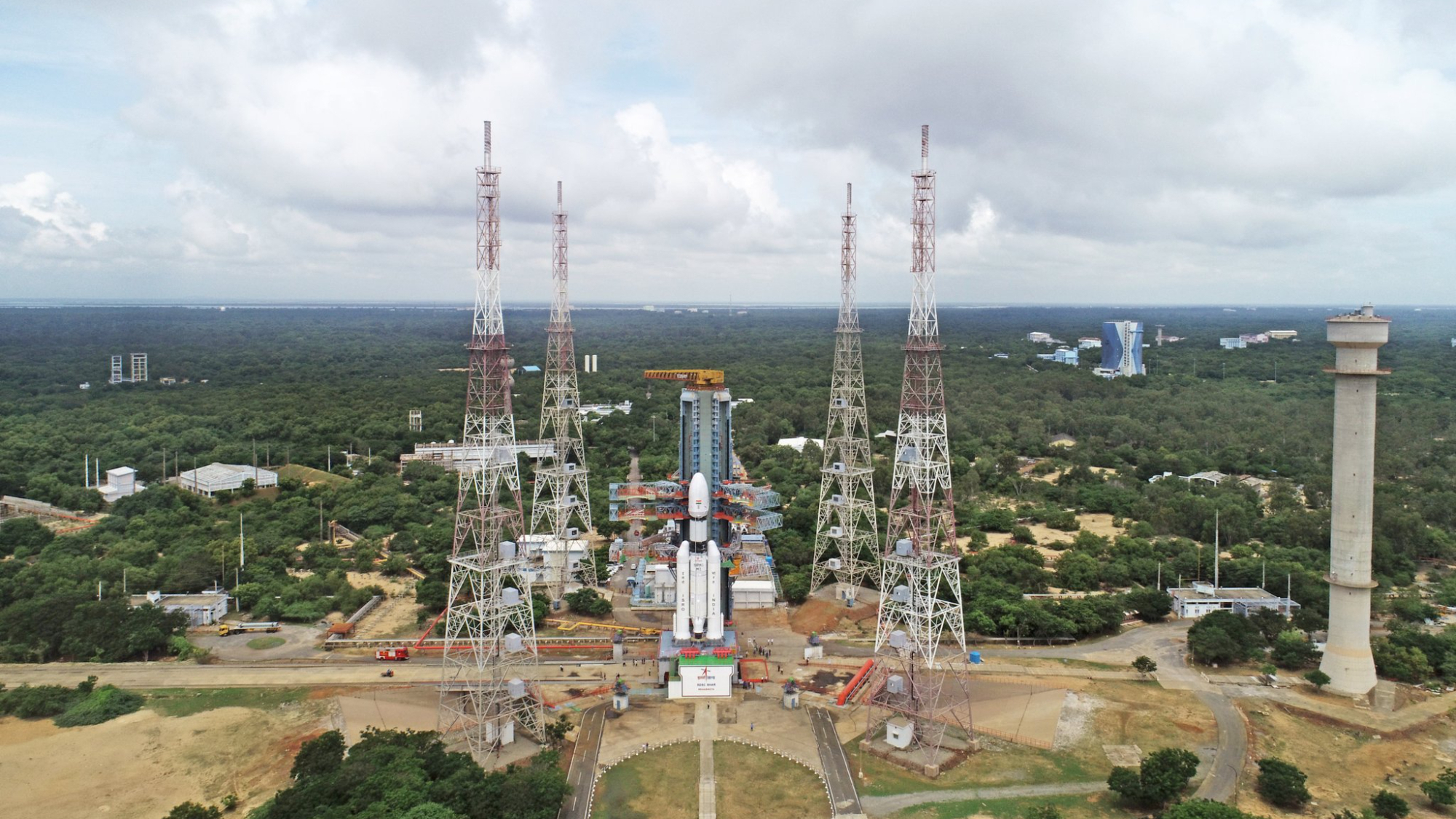Veil Nebula Pierced by Hubble's Gaze

Only 5,000to 10,000 years ago, a star familiar to human observers detonated and burnedwith a brightness comparable to that of a crescent moon?an event visible evenin broad daylight.
The deadstar's name may be lost, but its shattered remains are known as the Veil Nebulaor Witch's Broom Nebula. Now, the Hubble Space Telescope has given astronomersthree extreme close-ups of the supernovaremnants' wispy clouds of dust and gas still careening into space some 1,500light-years away from Earth.
Astronomersreleased the cosmic snapshots today.
The biggeststars live the shortest lives because they burn their light fuel into heavyleftovers, often collapsing and bursting apart in catastrophic supernovaexplosions that can outshine a galaxy of stars, as the Veil Nebula's progenitordid.
When a stardetonates, the explosive shock wave hurtles stellar remnants into space atabout half the speed of light, forming a shell of gas and dust. The VeilNebula's shell spreads over a viewing area as wide as six full moons in oursky, and it still glows with the energy of its violent cosmic birth.
The Hubbleclose-ups reveal the rope-like filaments of gas in the nebula, which resultedfrom enormous amounts of dusty debris plowing into gaseous surroundings.Thicker filaments of material result from viewing the supernova's shock waveedge-on, while more wispy and diffuse views correspond to a face-on view ofother parts of the shock wave from Earth.
Suchsupernovas may not seem relevant to humanity, but in fact they are the basis ofit.
Breaking space news, the latest updates on rocket launches, skywatching events and more!
The handfulof explosions that occur in the Milky Way each century, as well asexplosions across time in other galaxies, create most of the heavier elementsin the Universe such as copper, mercury, gold and uranium. In our galaxy, theexpanding shells of material eventually mix with others in the Milky Way andform the raw material for new solar systems with stars, planets and possiblylife.
Hubble is acooperative effort of NASA and the European Space Agency.
- VIDEO: Supernovas, Beacons in the Night
- VOTE: The Best of Hubble Images
- Top 10 Star Mysteries
Join our Space Forums to keep talking space on the latest missions, night sky and more! And if you have a news tip, correction or comment, let us know at: community@space.com.
Dave Mosher is currently a public relations executive at AST SpaceMobile, which aims to bring mobile broadband internet access to the half of humanity that currently lacks it. Before joining AST SpaceMobile, he was a senior correspondent at Insider and the online director at Popular Science. He has written for several news outlets in addition to Live Science and Space.com, including: Wired.com, National Geographic News, Scientific American, Simons Foundation and Discover Magazine.
